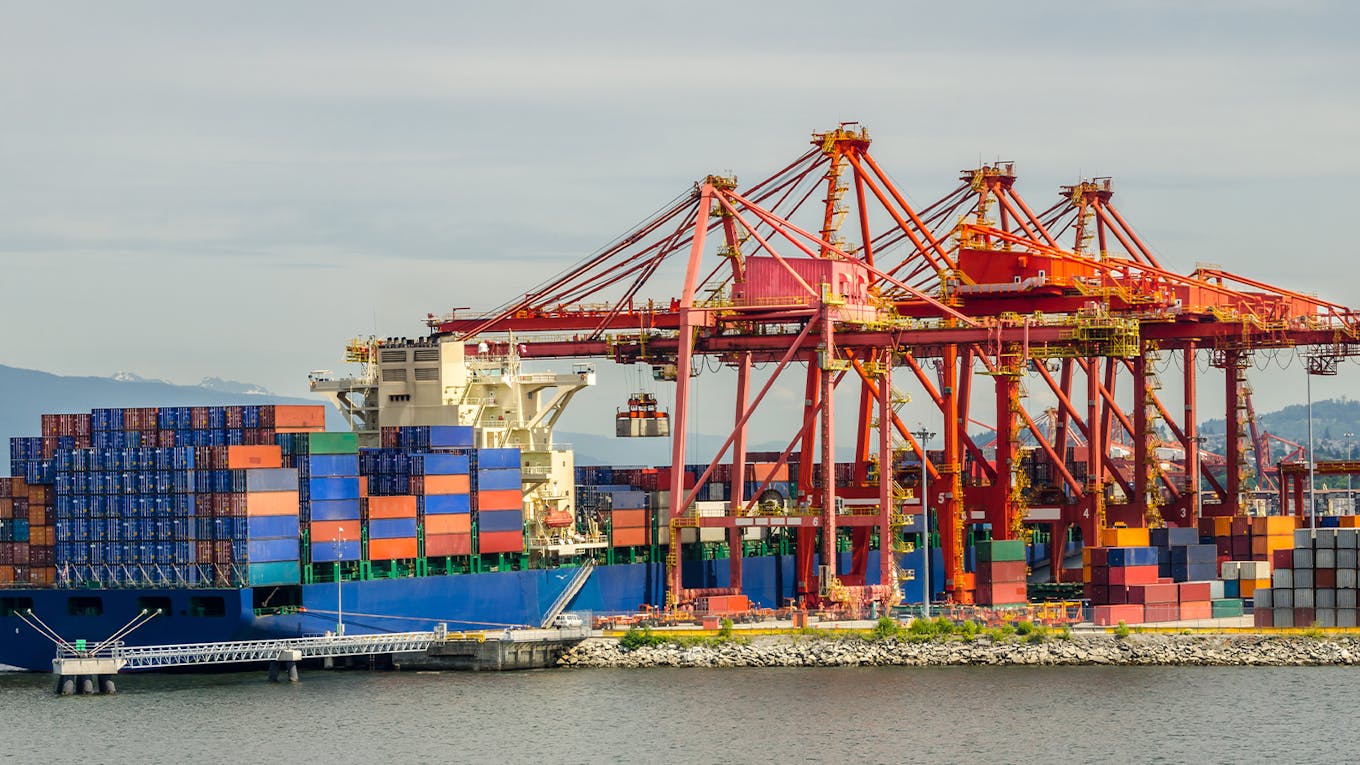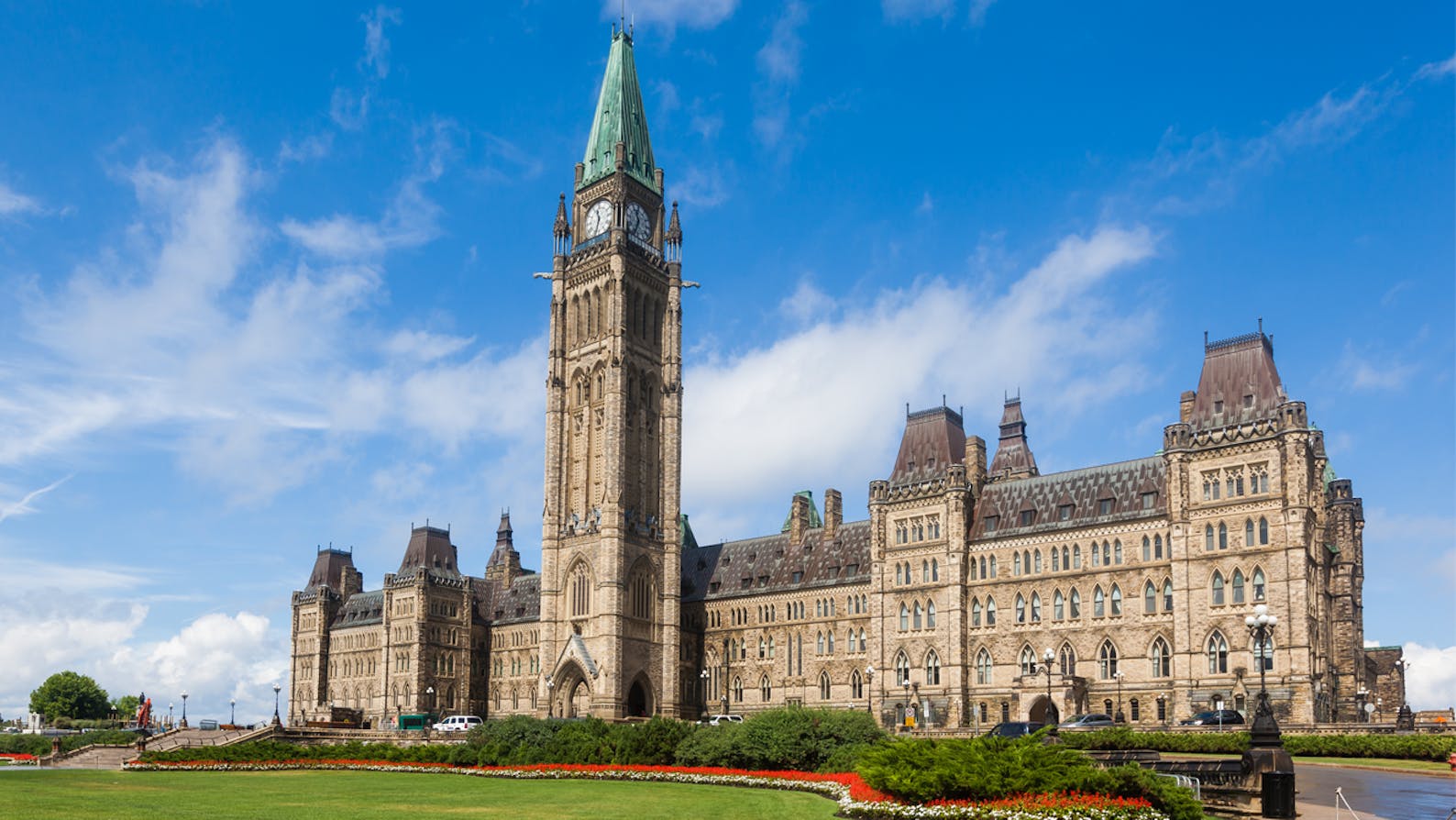Expand market access and trade
Our priorities

We envision a competitive and resilient trade landscape that allows for greater labour mobility within provinces and facilitates strong interprovincial and international trade relationships.
Challenge
Our Canadian federation is made complex in part by provincial borders, the division of powers under our Constitution and government regulations that vary from province-to-province, as well as tax and regulatory measures often developed in response to concerns of competitiveness relative to other jurisdictions.
Discrepancies between these regulations impedes interprovincial trade flows and labor mobility, increases costs on business operations, reduces efficiency and limits investment.
Interprovincial trade continues to be challenge, with inconsistent regulatory frameworks in each jurisdiction and a lack of harmonization on key policies. Removing non-geographic policy relevant trade barriers can lead to an overall increase for Canada’s real GDP by 3.8%, which is equivalent to more than $80 billion CAD. That’s a considerable amount of missed economic activity, business opportunities, sustainable jobs, and investment.
With supply chain constraints and challenges getting major market access infrastructure built, Canadian businesses often experience challenges getting their goods to export markets.
Opportunity
Improving the resiliency of the Canadian supply chain and allowing for greater market access for of goods will be fundamental in supporting Canada’s long-term economic development and strategic trade interests.
Canada has a long history of working together across provinces to facilitate trade, including through the New West Partnership Trade Agreement. The Agreement outlines a path to reconciling rules affecting trade, investment and labour to reduce trade barriers and ensure we reach our economic potential.
To overcome barriers to infrastructure, we require collaboration from all orders of government to create a clear, simple and consistent system of regulatory approvals. This will enable infrastructure projects to be built in a timely manner, avoiding the stranding of assets or capital. Getting this right will be critical to the success of our export sectors, including oil and gas products, agricultural products and automobiles among others.
How we move forward
1. Aggressively dismantle interprovincial trade barriers to facilitate the movement of people and goods.
Continue to remove interprovincial trade barriers through the Canadian Free Trade Agreement (CFTA) and accelerate the progress of the Regulatory Reconciliation and Cooperation Table (RCT) to ensure trade barriers within Canada are eliminated.
Establish a task force to provide direction and strategic support to provinces in dismantling interprovincial trade barriers and pursuing bilateral or multilateral trade agreements.
Work with industry and provinces to replicate the success of the Red Seal program to facilitate the free movement of all skilled labour across the country by developing consistent and harmonized recognition for professions with specific certifications across provinces.
Leverage existing agreements such as the New West Partnership Trade Agreement between the provinces of British Columbia, Alberta, Saskatchewan and Manitoba.
2. Facilitate access to emerging international markets for both traditional and non-traditional industries.
Increase investments in export and trade-enabling infrastructure and create a regulatory environment that encourages the fluid movement of goods across Canada and supports private investment in such infrastructure.
Establish a national network of trade and utility corridors and rights-of-way across the country including the proposed Northern Infrastructure Corridor initiative, to enable efficient market access from any province or territory to any Canadian coast.
Promote exports and minimize risk by finding opportunities to access new and diverse markets, particularly for small businesses.
3. Foster competitiveness and level the trade playing field through tax fairness and smart regulation.
Ensure promoting competitiveness and economic growth are part of climate and emissions agencies’ regulatory mandates, and that those agencies support and enable the export of innovative technologies.
Implement a ‘layered cost’ economic impact assessment that identifies and values the cost burden created by regulations and policies.
Consult with industry to find opportunities to reduce red tape and remove unnecessary or duplicative regulations.
Coordinate with provincial and territorial governments to shelter industry from political disagreements that cause project delays and uncertainty.
Expand Market Access and Trade
What we're saying

Calgary Chamber commends Trans Mountain on expansion
This is a significant milestone not only for Trans Mountain but also for Calgary, Alberta and all of Canada.

Calgary Chamber swears in new Board Chair
Statement from the Calgary Chamber's new Board Chair, Jason Hatcher.

Calgary Chamber comments on Federal Electric Vehicle Availability Standard
The Calgary Chamber voices concern on the federal Electric Vehicle Availability Standard






